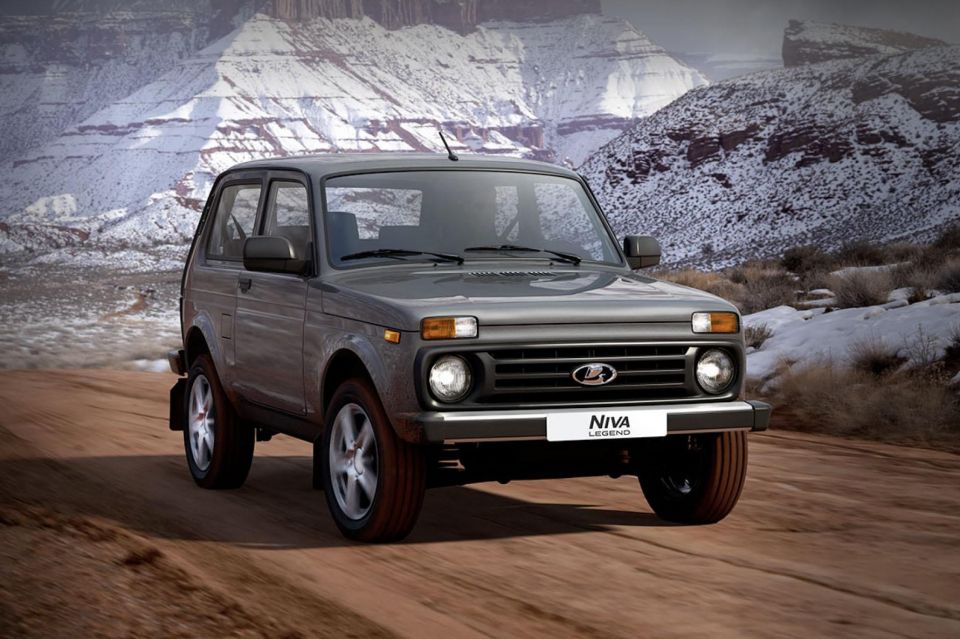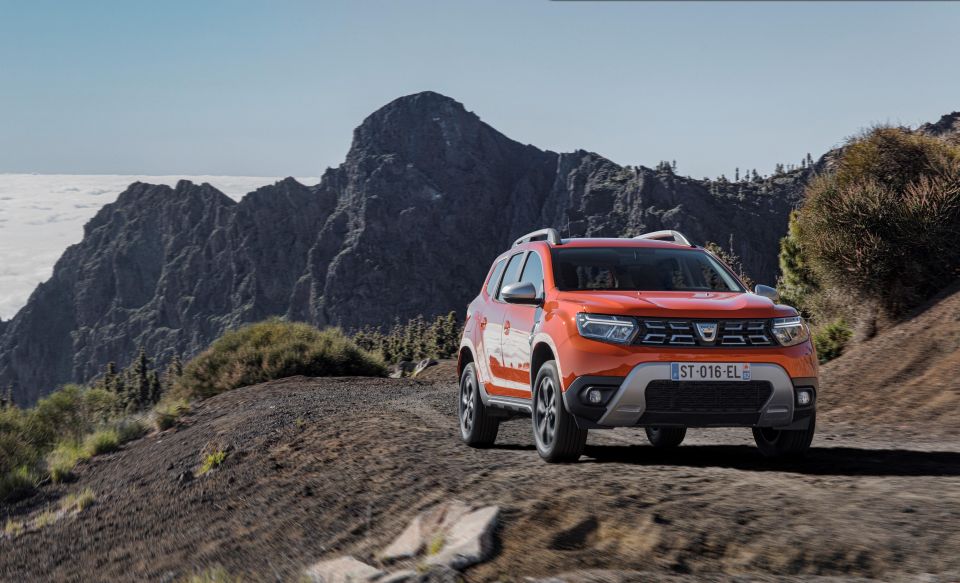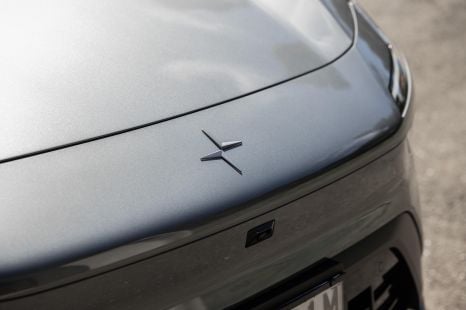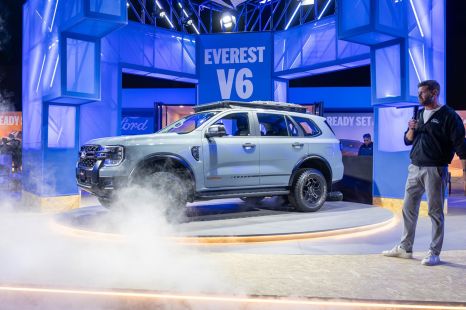

Max Davies
2026 GWM Haval Jolion review
5 Hours Ago

Contributor
The Renault Group has sold its stake in AvtoVAZ and its Renault Russia operations, on the back of Vladimir Putin’s invasion of Ukraine.
Its 67.69 per cent stake in AvtoVAZ (parent company for Lada) has been sold to the Russian Central Research and Development Automobile and Engine Institute (NAMI), and Renault Group shares in Renault Russia have been sold to the Moscow City entity.
The deal includes a clause allowing the Group to buy back into Russia at a number of points in the next six years.

“The closing of these transactions is not subject to any conditions, and all required approvals have been obtained,” the Renault Group said in a statement.
“Today, we have taken a difficult but necessary decision; and we are making a responsible choice towards our 45,000 employees in Russia, while preserving the Group’s performance and our ability to return to the country in the future, in a different context,” said Luca de Meo, Renault Group CEO, in a statement.
“I am confident in the Renault Group’s ability to further accelerate its transformation and exceed its mid-term targets,” he said.

Renault has announced a “non-cash adjustment charge amounting to the accounting value of the consolidated intangible assets, property, plant and equipment and goodwill of the Group in Russia” to be recorded in its first-half financial results for 2022.
While some automakers, including Volkswagen, Toyota, and Ford, were quick to halt production and cease most work in Russia after it invaded Ukraine in February, Renault was more cautious in its approach.
It even restarted manufacturing in late March, only to backtrack a day later.

At the time Lada said it was trying to replace “some critical imported components with alternative solutions”, and working on special versions of its vehicles “with reduced exposure to imported components”.
Last year the company sold 385,000 Lada vehicles globally, representing 14.3 per cent of the Renault Group’s total volume.
It’s unknown how the divestment of Lada will affect the automaker’s Renaulation plan, which called for Dacia to move slightly upmarket and Lada to pick up the slack at the bottom end of the market.
Where expert car reviews meet expert car buying – CarExpert gives you trusted advice, personalised service and real savings on your next new car.
Scott Collie is an automotive journalist based in Melbourne, Australia. Scott studied journalism at RMIT University and, after a lifelong obsession with everything automotive, started covering the car industry shortly afterwards. He has a passion for travel, and is an avid Melbourne Demons supporter.


Max Davies
5 Hours Ago


Damion Smy
13 Hours Ago


Damion Smy
14 Hours Ago


Damion Smy
16 Hours Ago


Damion Smy
18 Hours Ago


CarExpert.com.au
19 Hours Ago